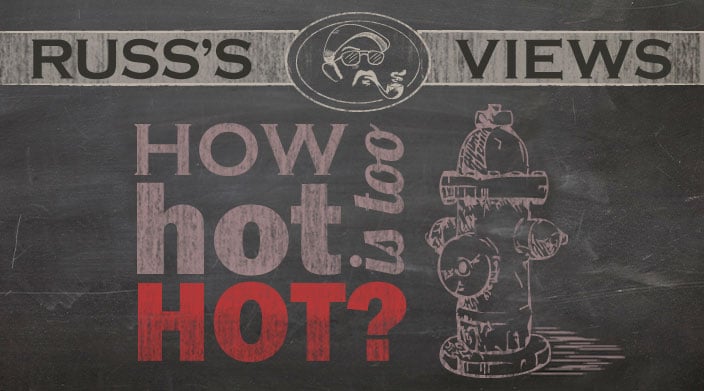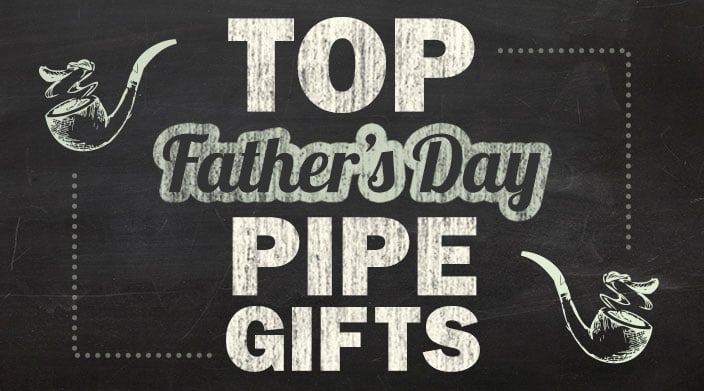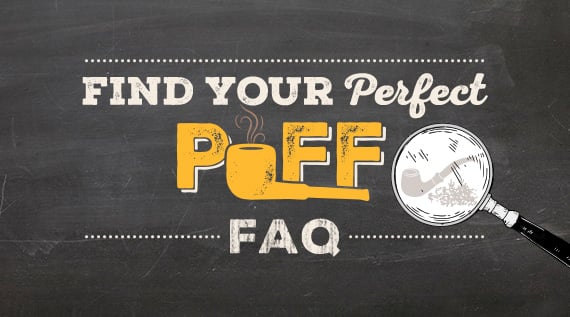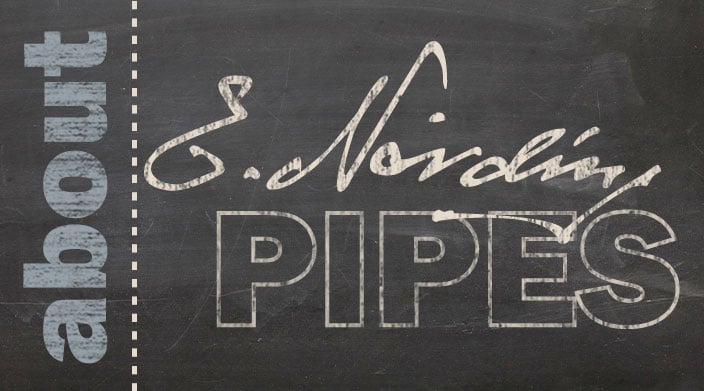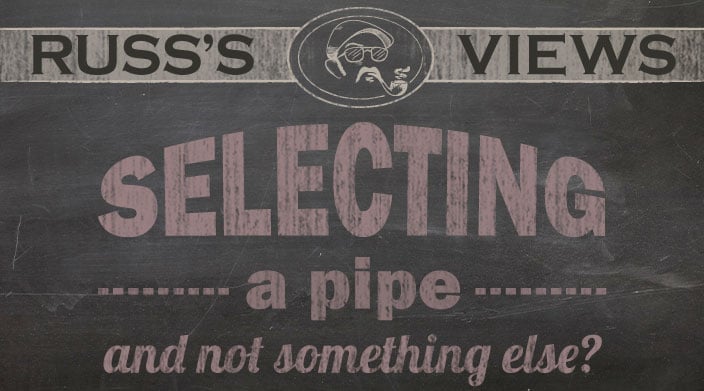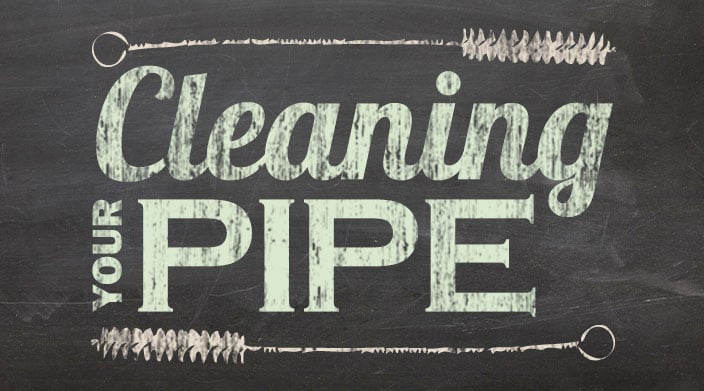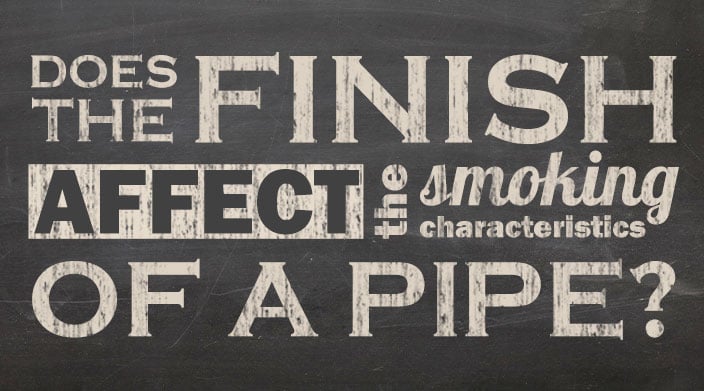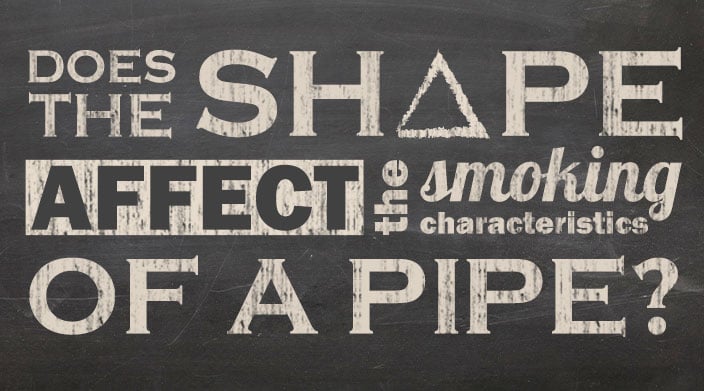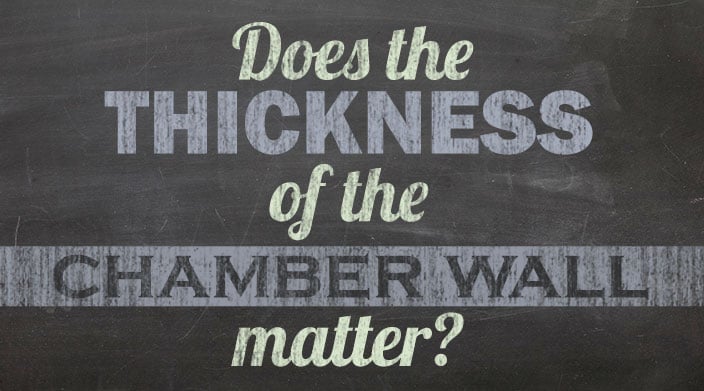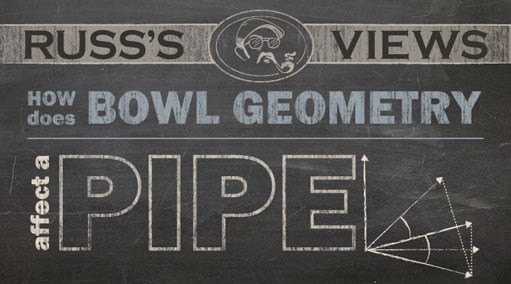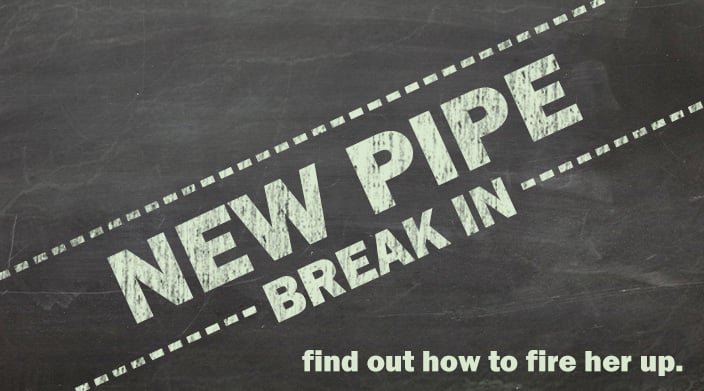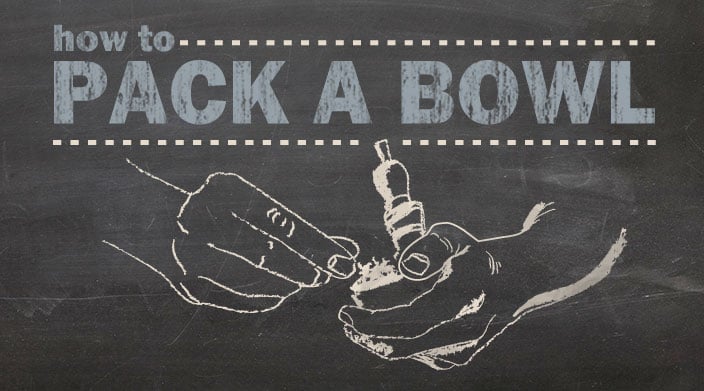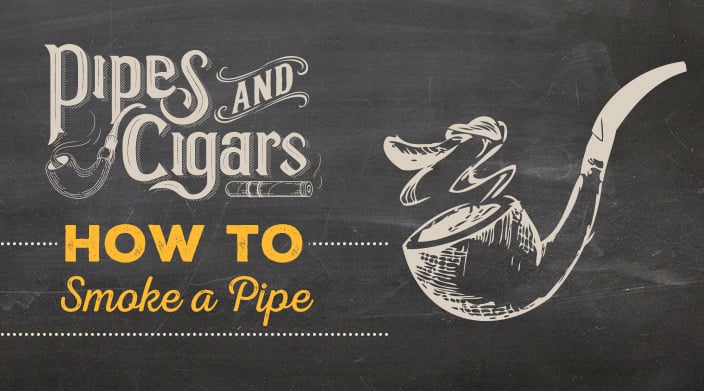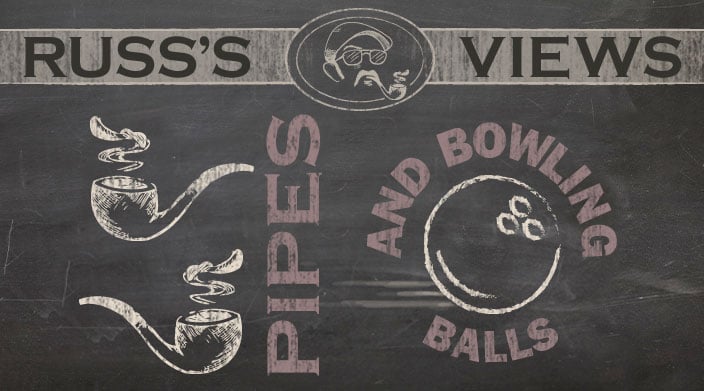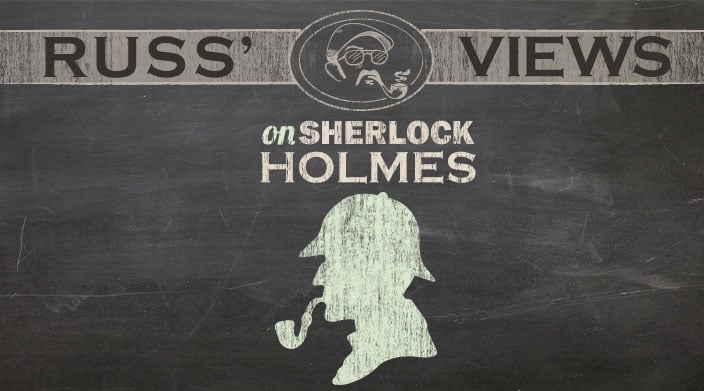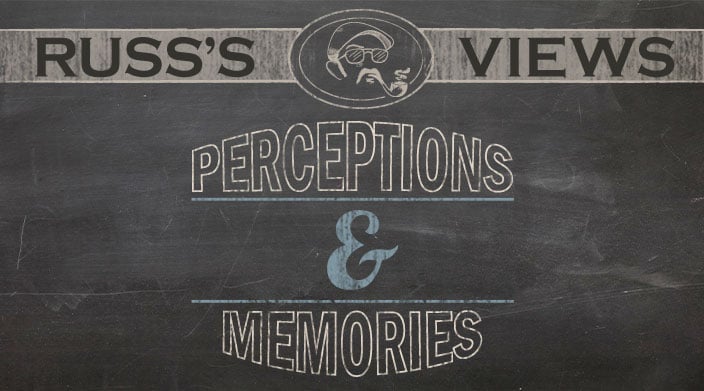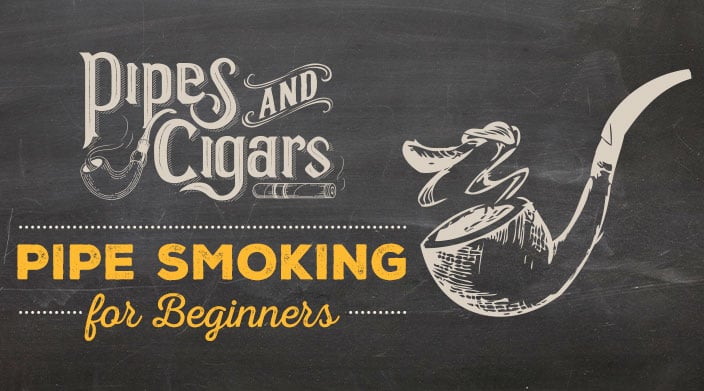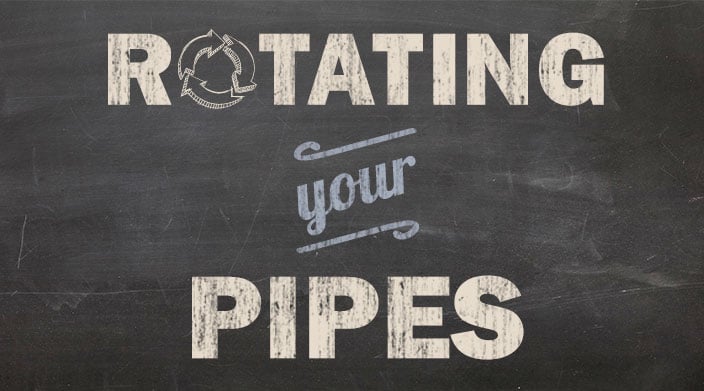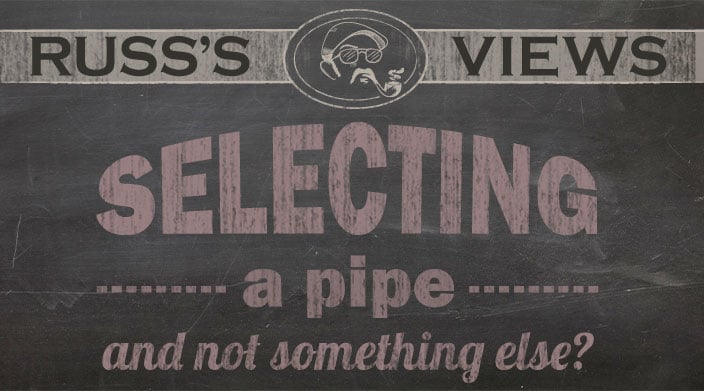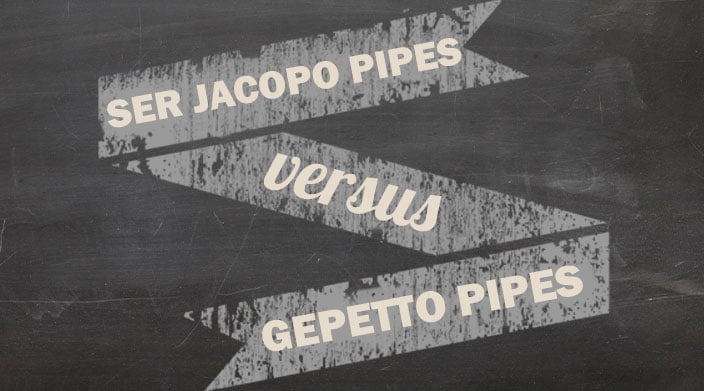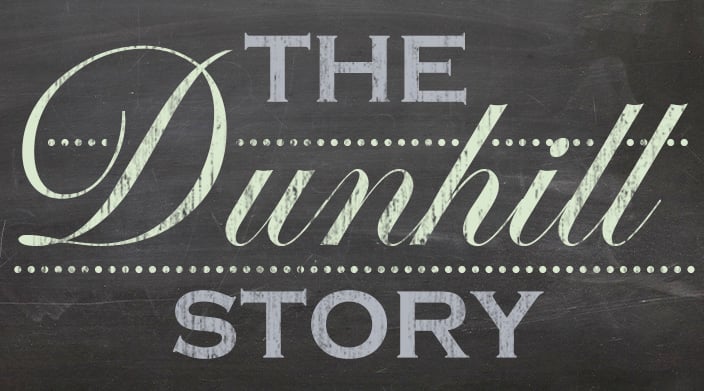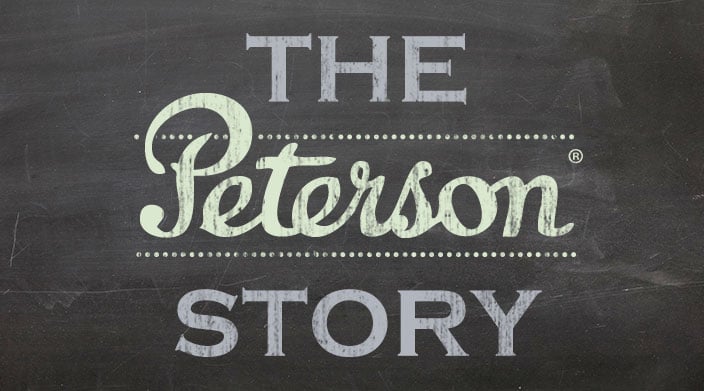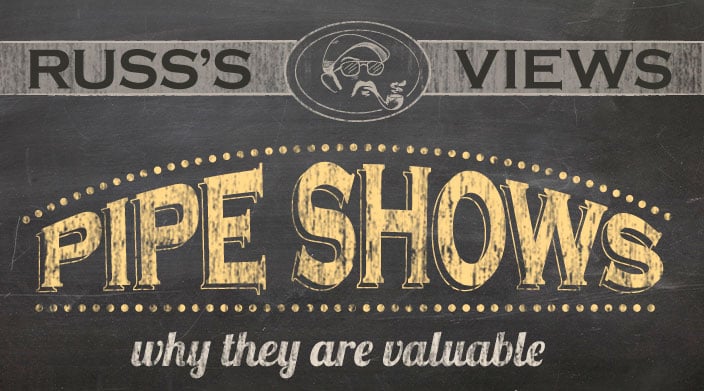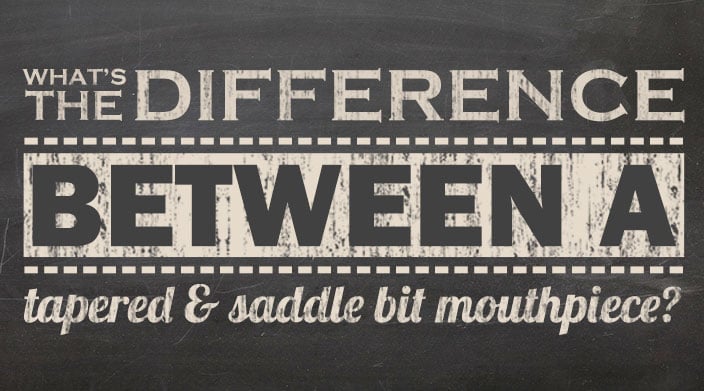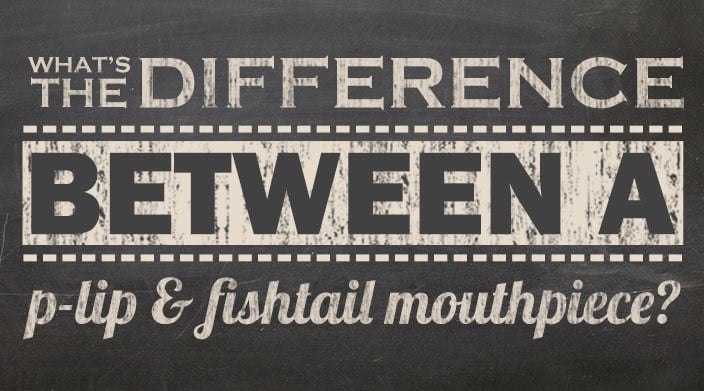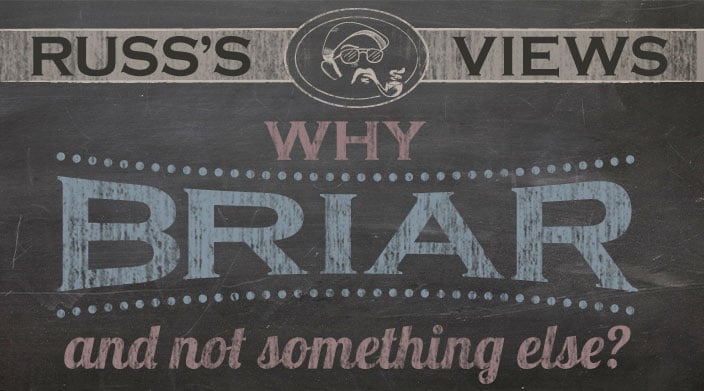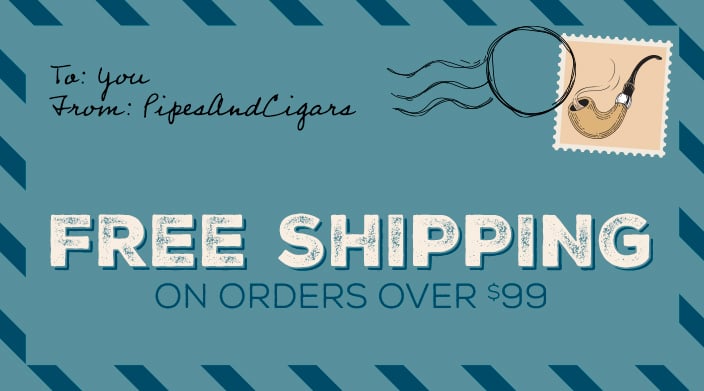This has been an interesting year for me, with Hearth & Home now being wholesaled to other vendors, the introduction of our Landmark and Marquee series, the Throwdown win in Chicago, and the overall growth of Hearth & Home. Add to that all the traveling I’ve done for pipe shows and the writing I’ve been doing here and on PipesMagazine.com and CigarChronicles.com, and it seems that I’m putting a lot out there. The truth of the matter is that the more I do, the more I learn from exposure to new ideas, and this year has given me some notable examples of this concept.
When I got to Pheasant Run this May for the Chicagoland show, I was nervously anticipating/dreading the Throwdown (I was certain that we stood little chance of winning; I just wanted to avoid looking bad). We knew who the judges would be- Joe Harb, who does half the reviews for Pipes & Tobaccos magazine; Rick Newcombe, who wrote one of my favorite pipe-related books, In Search of Pipe Dreams, which is a wonderful memoir; and Neill Archer Roan, who I’m embarrassed to say, I knew little about. After reading a bit about him, I went to his website/blog, which is unfortunately no longer available to read. As I read his blog entries, I was struck by how beautifully written and scholarly his work was, so I was looking forward to meeting him.
Neill and I met before the Throwdown presentation, and I immediately knew that this was someone I could relate to. Neill struck me as wonderfully personable, knowledgeable, and cerebral, but not in the sense of someone who smugly moves about, certain of his intellectual superiority. No, he showed me that he was the kind of man who likes to share his knowledge and absorbs input from every contact because you never know when and from whom you might receive a pearl of wisdom.
I was fascinated by his blog, and we spoke briefly concerning what he was going to speak about at a seminar he was delivering (which, due to a scheduling conflict, I had to miss, damnit), and I found related material on his site. As I perused it, I began to get the concept.
As I read this, it was eye-opening. I knew that combustion temperature affected flavor, as most tobaccos will pick up a chemical taste if pushed too hard, but I was also struck by the fact that I never associated the same concept to cigars. There have been a few times that I would light up a cigar that I was well familiar with, and had been disappointed that there was a harsh, unnatural note to the smoke, thinking that it was just the inconsistency of a handmade, natural product. Now, I realized that the difference was the stupidity of the smoker- me. I get distracted easily by…what was I talking about? Oh yeah, by pretty much everything, and when I do so with a cigar in my mouth, I will often smoke too fast and puff too frequently, driving the burning temperature higher until it creates an acrid aroma and harsh taste.
I guess that I kind of knew this because I will subconsciously slow down when it occurs, but I’m disappointed in myself that I didn’t put the pieces together sooner. Thanks to Neill’s article, I started to pay attention to how I lit and smoked my pipes and cigars (hmmm…pipes and cigars…sounds like a great name for a website). I can honestly say that it has made a real difference in my enjoyment, and it has added an element to how I approach blending. Once I’ve settled on a blend, I then use different methods to light it, and smoke it at various levels of intensity so I can either modify the blend or warn the smoker if high temperatures will drastically distort the flavor.
I hope you clicked on the link to Neill’s article and read it, as it is quite a revelation, but if you didn’t, let me condense it a bit. The concept is to use the lowest amount of heat possible while smoking to get the truest and most enjoyable flavor, as you not only get the taste of the burning tobacco but also from the volatile organic compounds (VOC) as they vaporize before combustion. When the temperature gets too high, some of the flavor of the VOCs go unnoticed as the greater heat changes them. So, now some of the old wisdom makes sense. Older pipe smokers always told me that they would light with a match unless there was wind. Many cigar smokers swear by using a cedar spill or match to light a cigar. These items have the lowest temperature for lighting your tobacco, which translates into the most flavorful smoke. It also explains why the only time I seem to enjoy using a torch lighter on a cigar is when I use it to toast the foot (never puffing while the torch flame is aimed at the foot) or to correct a burning problem (also never puffing while doing so).
Another thing that sprang from this is that I now try to light my pipe in the very center rather than to get the whole top glowing because as the heat spreads outward to the unlit tobacco, more of the flavorful VOCs are released which adds layers and dimensions to the experience that I had never encountered before.
This brings me to another point - this is one more reason why I love what I do- I’m constantly learning new things that allow me to enjoy the hobby more, but even more than that, I get new information that I can disseminate to our friends and customers so more people can get the maximum pleasure from their experience.
So, gather up those long wooden matches and strips of cedar, go lightly on the heat, toast the foot of your cigar completely before puffing, smoke slowly, and a whole new world of flavor can be found. I guess that a lot of times new research goes to prove that the old timers often knew better.




